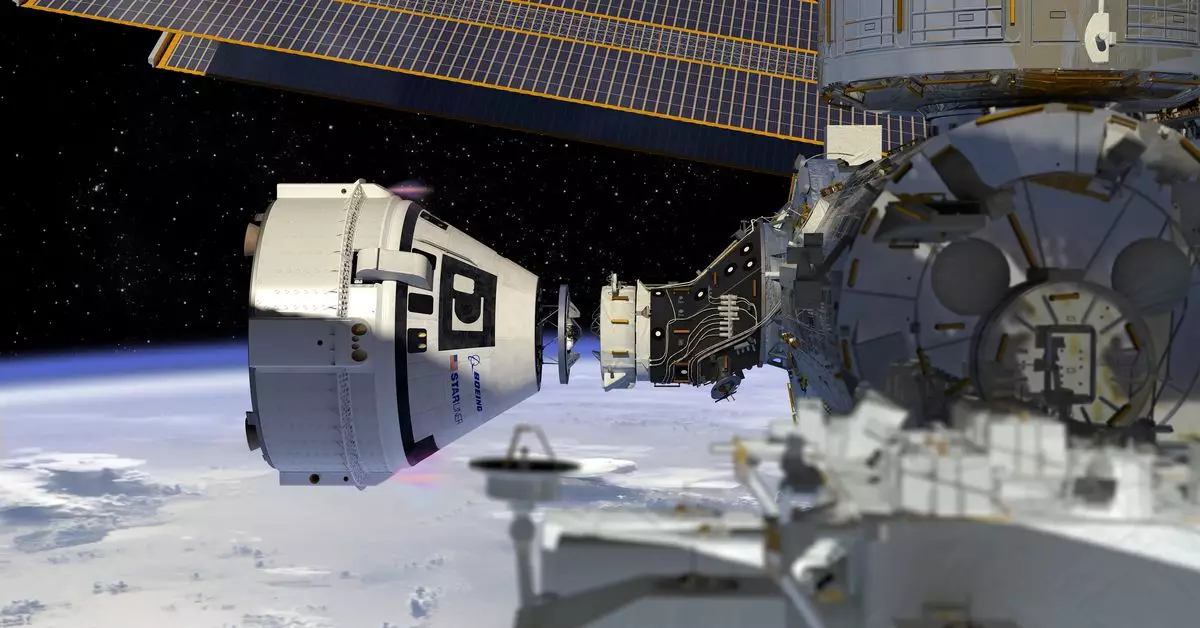NASA administrator Bill Nelson recently announced that US astronauts Sunita Williams and Barry Wilmore will be returning with the SpaceX Crew-9 mission in February after spending more than 80 days aboard the International Space Station (ISS). This decision was made after various uncertainties and technical issues arose during their mission.
Technical Challenges
One of the main challenges faced by NASA during the astronauts’ mission was related to the Starliner spacecraft’s thrusters. NASA Commercial Crew Program manager Steve Stich highlighted the uncertainty in predicting the thrusters’ performance, which led to the decision of returning the Starliner uncrewed. The risks associated with potential thruster failures during various stages of the mission were deemed too high to keep the crew on board the spacecraft.
Trust in Boeing
After the technical issues with the Starliner spacecraft, there were concerns about NASA’s trust in Boeing, the manufacturer of the spacecraft. NASA Associate Administrator Ken Bowersox mentioned that there were tense discussions regarding the decision to return the spacecraft uncrewed. Despite the challenges faced, NASA remains committed to working with Boeing in the future. There is acknowledgment of the need for rebuilding trust and ensuring that such issues are addressed effectively.
Lessons Learned
The situation with the Starliner spacecraft raised questions about the reliability of predictive models and the evaluation of risks associated with crewed missions. Boeing’s model was questioned in terms of its ability to predict performance accurately for crewed missions. There was a discrepancy in assessing the level of risk between NASA and Boeing, highlighting the importance of aligning perspectives and methodologies in such critical missions.
Technical investigations into the thruster failures of the Starliner spacecraft indicated issues with deformed Teflon seals, potentially leading to the malfunctions. However, conclusive answers were not available, which added to the challenges in making decisions regarding the astronauts’ return. The limitations in accessing the spacecraft docked at the ISS further complicated the situation, requiring thorough testing and analysis before determining the best course of action.
Looking ahead, NASA plans to collaborate with SpaceX for the Crew-9 mission, which is scheduled to launch in late September. This mission will involve bringing the astronauts back to Earth early next year, offering an alternative to the original plan of returning them aboard the Starliner spacecraft. The focus will be on ensuring a safe and successful mission, learning from the challenges faced during the current mission.
The return of astronauts from the ISS involves various technical, operational, and strategic challenges that require careful consideration and decision-making. The recent incidents with the Starliner spacecraft highlight the complexities involved in space missions and the importance of thorough preparations, evaluations, and collaborations to ensure the safety and success of crewed missions in space.


Leave a Reply